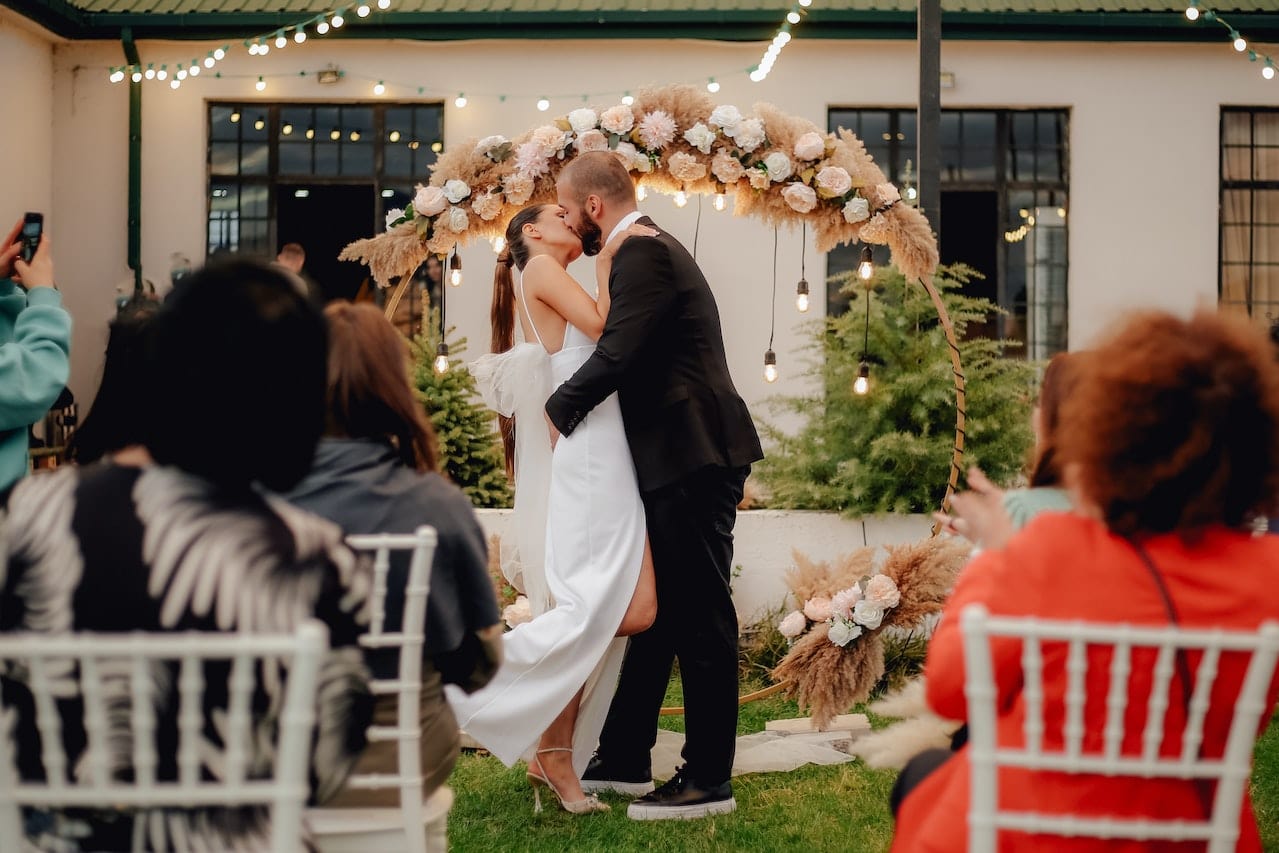
Table of Contents
Mexican weddings are huge family affairs that are often reunions and can have up to 200 guests. You don’t need to be related to the couple to be considered family at a Mexican wedding. If you’re eating, dancing, and celebrating with everyone else, you’re family!
Most Mexican weddings have common traditions such as the exchange of rings and vows. However, being traditional hasn’t stopped them from adding their own twist to the ceremonies. They also have traditions that come from Mexican folklore and culture: a perfect combination for them.
If you’ve been invited to a Mexican wedding, and don’t know what to expect, we’ve compiled some of their most relevant wedding traditions. Let’s take a look!
Padrinos and Madrinas

The Padrinos and Madrinas, or the Godfathers and Godmothers, are people that the soon-to-be husband and wife choose personally to have an important role in the wedding. They also may act as sponsors for certain parts of the wedding.
Some of them will purchase elements of the ceremony while others will read during the wedding mass, and some will be the ones hosting the bridal party. So, there aren’t any defined duties or roles, and this allows the couple to choose as many as they want.
Presenting the Bouquet
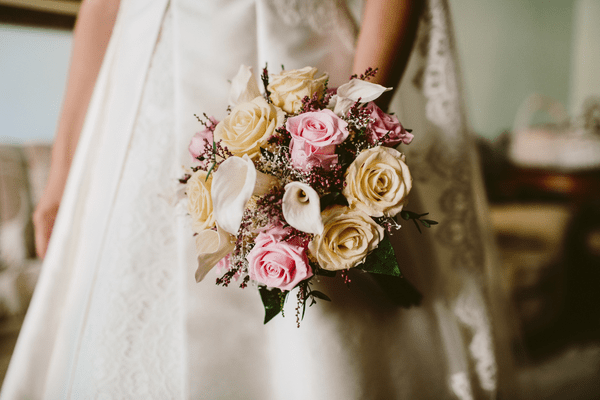
Given the Catholic nature of Mexican weddings, it isn’t surprising to find this one. It’s common for the couple to present the bride’s bouquet before the Virgin Mary after the main ceremony ends.
The process of presenting the bouquet has the couple praying to the Virgin Mary for her blessing and for a happy marriage. Consequently, a second bouquet awaits the bride at the reception, since the first one will stay at the altar.
El Lazo
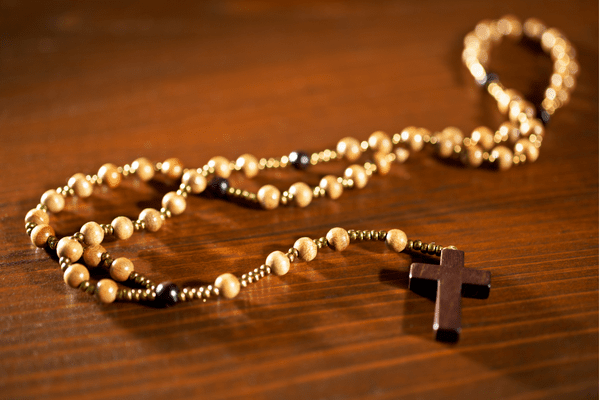
The Lazo is a silk cord or a rosary which the Madrina and Padrino gift to the couple. Believe it or not, this is one of the most important parts of Mexican weddings as it represents the couple becoming husband and wife before the eyes of God.
This lazo, or tie, is a ceremony that’s performed after the couples exchange their vows to symbolize the unity between them. The Madrina and Padrino are the ones who put this lazo over the couple to seal the union.
La Callejoneada
The Callejoneada is a cheerful procession that happens after the wedding ceremony is over. At this parade, you can expect upbeat music which is often courtesy of the Mariachis, and people cheering the couple out of the church.
We can compare a Mexican Callejoneada to a New Orleans’ Second Line. It involves a lot of walking and dancing so the guests can celebrate the union of the couple ahead of the wedding reception.
Wedding Mass at the Church
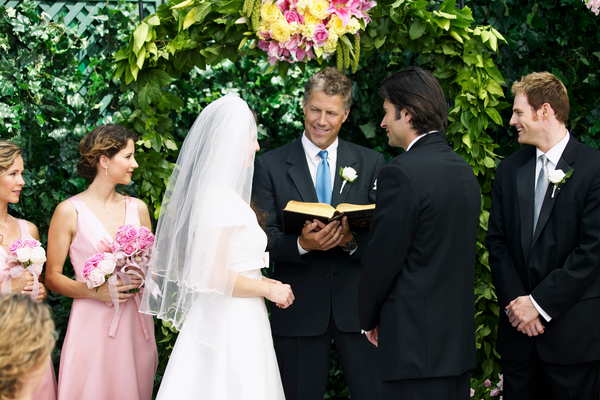
As we said before, a majority of Mexicans are Catholic. So, if the couple’s part of this majority, they’ll probably choose to have a traditional Catholic wedding. These weddings consist of a sacred Catholic mass that usually lasts an hour.
The difference between a Sunday Catholic mass and a wedding mass is the fact that marriage rituals are added to the ceremony. The exchange of rings, vows, the nuptial blessing, plus some others can differ according to the country’s culture.
The Kneeling Pillows
The couple will need kneeling pillows to kneel throughout various stages of the wedding mass. The Madrinas and Padrinos are typically in charge of providing them for the ceremony. Interesting duty, isn’t it?
The Nuptial Blessing
When the wedding has ended, the priest will bless the couple with the Nuptial Blessing prayer. This prayer symbolizes the couple’s becoming one flesh with the other. The priest will also pray that they stay loyal, and for them to have a happy and fruitful marriage.
The Communion
The liturgy of the Eucharist, or communion, happens after the couple says their vows. It’s a part of Catholic mass where those who have done their first Communion go to the altar to take the wafer in their mouths from the priest.
By doing this, it portrays the couple having their first meal together before the eyes of God, and their trust in him to lend them a helping hand when things get hard. If you aren’t Catholic, you’ll have to stay in your seat for this part. Don’t worry!
Las Arras Matrimoniales
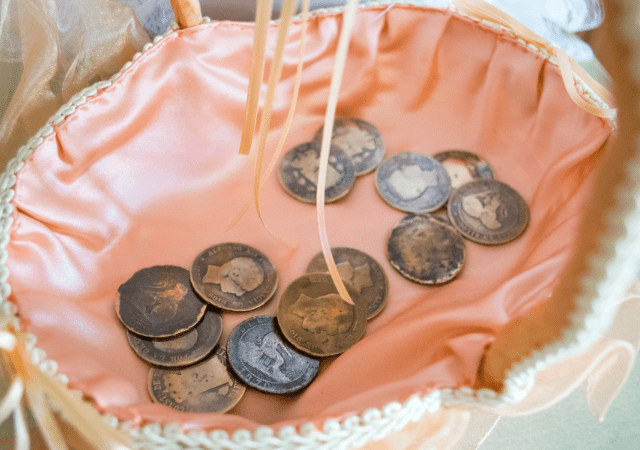
The Arras Matrimoniales are 13 coins that the groom will have to give to the bride during the ceremony in an ornamented box. These coins represent Jesus Christ and the disciples who he had his last meal with.
The padrinos might give these coins to the groom, and the priest will bless them during the wedding mass. After the blessing, the groom will proceed to give them to the bride as a gift. This symbolizes the commitment the groom possesses to his bride, and how their relationship with God will always be present in their marriage.
The Mariachis
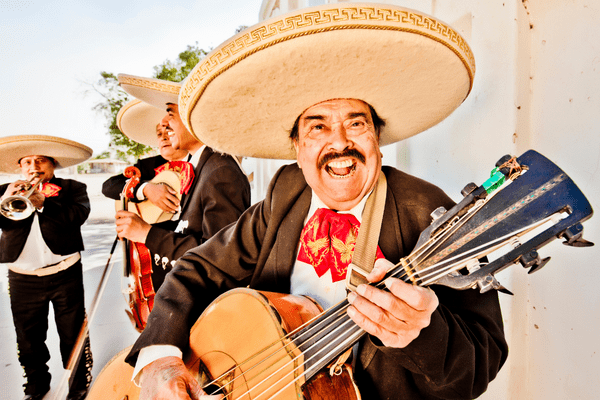
Mariachis are a very beautiful part of traditional Mexican culture. They, of course, need to be present at any important party a Mexican person celebrates. The couple might hire Mariachis to play during the ceremony at the Church, and the reception.
A Mexican celebration isn’t complete without them. For the mass, they usually play an array of religious songs. However, during the reception, they’ll liven up the whole party with renditions of popular songs the guests can dance to.
Wedding Reception
Despite having their own traditions added to the wedding process, Mexicans also hold the common wedding reception after the Church ceremony. A wedding reception’s usually a party that the couple holds to celebrate with their families and friends.
In the case of Mexican wedding receptions, they hire traditional Mariachis and live bands to liven up the party. They’ll serve alcoholic and non-alcoholic beverages for the guests. These drinks will range from traditional to normal everyday sodas and juice.
Now, when it comes to food, they’ll most likely serve tacos, providing a great variety of meats, fillings, and types of tortillas so everyone can pick the one they like the most. Doesn’t it sound delicious?
The After Party
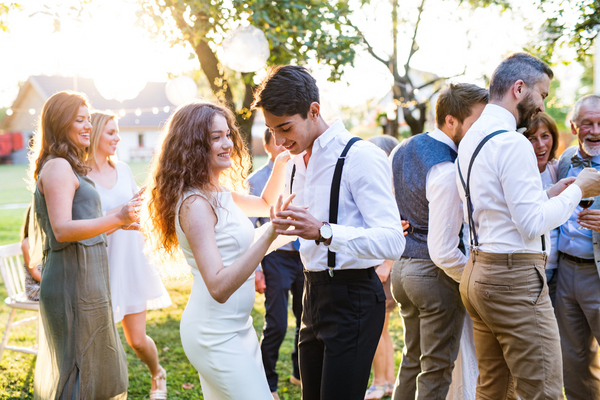
The after party, or Tornaboda, is a small gathering which occurs right after the reception. Occasionally, it can even happen the day after the wedding and the reception, but it’s exclusive to really close family and friends.
The couple uses this smaller get-together to open their wedding gifts and to further celebrate in a calmer manner with those they consider their family. It’s a really intimate and personal celebration.
Dances
There are a few special dances that might be included in the wedding reception. One of them is the Snake dance, where the groom and the bride form an arch from opposite sides. Their guests will form a snake by lining up and going through that arch cheering and dancing.
There’s another dance where the couple’s friends and family pin money on their clothes. They call it the Money dance, and it might be the only way for you to actually get to talk to the couple during the reception. Will you try it out at the wedding?
Wrapping Up
As you have read in this article, Mexican weddings have traditional rituals with their own added twists. They’re a combination of Catholic elements and hard partying, having the best of both worlds.
If you’ve received an invitation to a Mexican party, you now know what to expect. It’ll be a great experience for you, and now you’ll be familiar with the different, interesting traditions. Have fun and remember to bring a gift!








